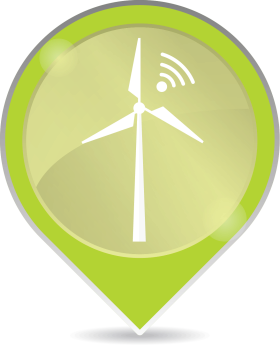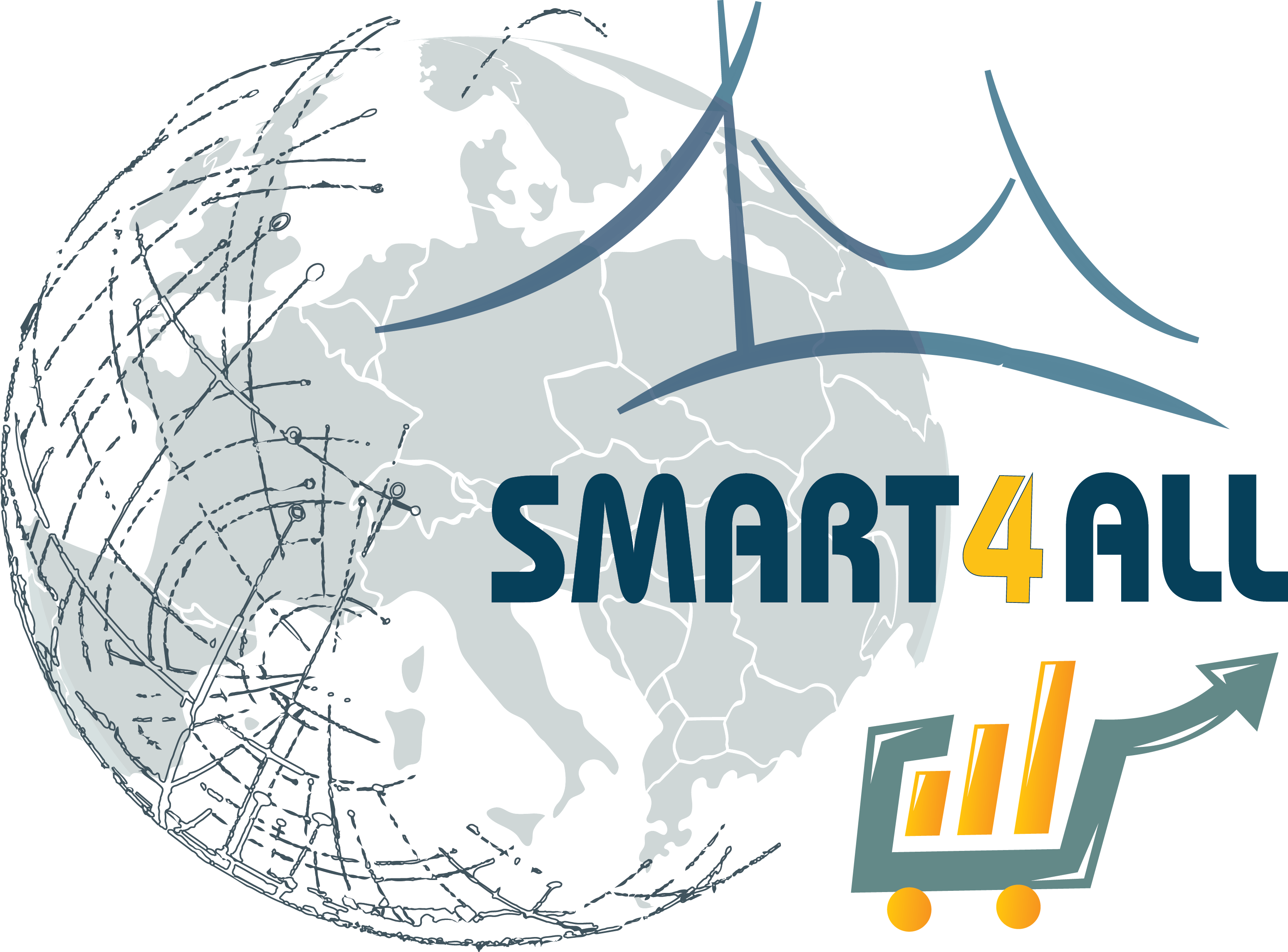SYNTROFOS
 Digitized Anything
Digitized Anything
SYNTROFOS is a wearable device for tracking and processing vital health parameters, enabling the tracking and detection of COVID-19 symptoms. Syntrofos is named after the Greek word σύντροφος, meaning “companion” or “brother-in-arms”, uncovering its basing concept – to provide a companion which will follow the user everywhere, tracking his health parameters in real time and signaling potential threats to his health.
It is based on off-the-shelf sensors and hardware components and can be easy produced in undeveloped countries, in quantities which would enable effective answers to potential pandemics.
Thanks to its elaborate signaling technology, SYNTROFOS can works in different configurations. Firstly as a basic as stand-alone instrument, then as as a node connected to personal gadgets or home network, and finally in a net version, as a node connected to hospital or telemedicine network.

The main objective of Syntrofos is to provide each individual with easy to use, inexpensive and accurate monitoring tools which would enable him to recognize COVID-19 symptoms in a timely and simple manner and receive proper treatment. Syntorfos is a stand-alone wearable which can easily be carried around (it can be carried around a neck, put in a pocket or on a table). It provides a simple and reliable solution for tracking individual health parameters, granting user the possibility to track their own health and produce signals of alert in case of urgency, provoking a timely and focused response both from themselves and their surroundings. Next to individual usage, thanks to its beaconing technology, Syntrofos can be installed in facilities such as hospitals and nursing homes in a way which would enable them parallel real time tracking of a larger number of users, enabling them to produce focused and timely responses to potential health crisis situations for each individual patient. Existence of easy-to-use, easy-to-produce and easy-to-track accurate diagnostic technologies is especially important for disadvantaged and socially sensitive groups, such as elderly, people living in remote locations and other people who are unable to access healthcare infrastructure in an easy and timely manner. Syntrofos is reliable and easy-to-manufacture technology in developing countries and in times of emergencies, enabling its mass production
Healthcare systems have proven to be easily overwhelmed and paralyzed in a context of a pandemic. Existing diagnostic technologies have proven to be too expensive, inaccessible and ultimately ineffective in situations of pandemics or other mass-usage situations.Low-income countries struggled to procure adequate medical equipment in sufficient quantities. Sensitive social groups (elderly, poor, sick or those living in rural and remote locations) are often unable to access hospitals and/or receive healthcare and diagnostic services in a timely manner. Providing the possibility of individual home tracking of COVID-19 symptoms is an important contributing factor to tackling spread of this infectious disease. Timely recognition of typical symptoms of COVID-19 infection represents one of the main contributing factors to its successful recovery. Facilities housing large number of users are unable to track in parallel each user’s health parameters in real time and provide for timely treatment. Providing nation-wide possibility of early detection of COVID-19 infection is only possible through providing easy-to-access individual devices to the general population. By allocating the diagnostic procedure to the individual or household environment, the healthcare capacities are able to be directed towards focused treatment
Syntrofos utilizes sensors to monitor the three following parameters Heart rate (PPG)Respiratory rateBody temperatureThrough readings generated from these sensors, Syntrofos allows the user to detect COVID19 symptoms in early phase, primarily: temperature (Temp), respiration rate (RR), respiration dysfunction, heart rate (HR), heart rate variability (HRV) and oxygen saturation (SpO2). The signals first go through analog and then digital processing. Analog processing utilizes filter amplifiers (electric circuit), while digital processing utilizes LF and HF filters, finding an adjustable threshold, detecting the correct signal and calculating the rhythm per minute. Signal samples are taken at a frequency of 32 Hz, while temperature is measured every ten seconds. Syntrofos provides two forms parallel forms of feedback: First is local visual feedback, which is provided through LEDs. Local feedback is conducted through 3 dual-color LEDs for each of the monitored signal. The simplest way to indicate that a certain signal is OK is by it producing green LED. The system performs continuous monitoring and updates LED status every 10 seconds. The LEDs blink between status updates to conserve power. For example, while breathing out the green RR LED will blink fast instead of light constantly until signal drops below threshold. If any of these parameters is out of normal range, a red LED light is produced, pointing out to a potential COVID-19 infection. Second signaling method is via generation of visual graphic generated readings which are transmitted to via a beacon technology to a remote reading device. If at least one red LED was lighted - a BLE beacon will turn on to signal an alarm to a remote controller, providing the possibility of generating numerical results in serial monitor and monitoring live signals from a remote location. Thanks to this capacity, Syntrofos can be integrated both in a household and in an institutionalized ambient, enabling caretakers to monitor the state of the users from a remote location, providing them with sufficient care in case of need. Syntrofos is powered by a 9V battery or USB.
Syntrofos has proven to be suitable for markets in the undeveloped countries as well as for usage in both household and institutional environments. Numerous experiments conducted in Montenegro and Serbia have proven this devices reliability in real-life environment, be it individual usage or in situations when parameters of a remote user need to be tracked from a monitoring center (context of nursing homes, hospitals, etc). The fact that this devices provides an off-the-shelf solution for tracking health parameters makes it suitable for mass-production and distribution in times of crisis, even in undeveloped countries. The fact that Syntrofos can be used both individually and in the context of collective facilities provide it with significant market potential.



